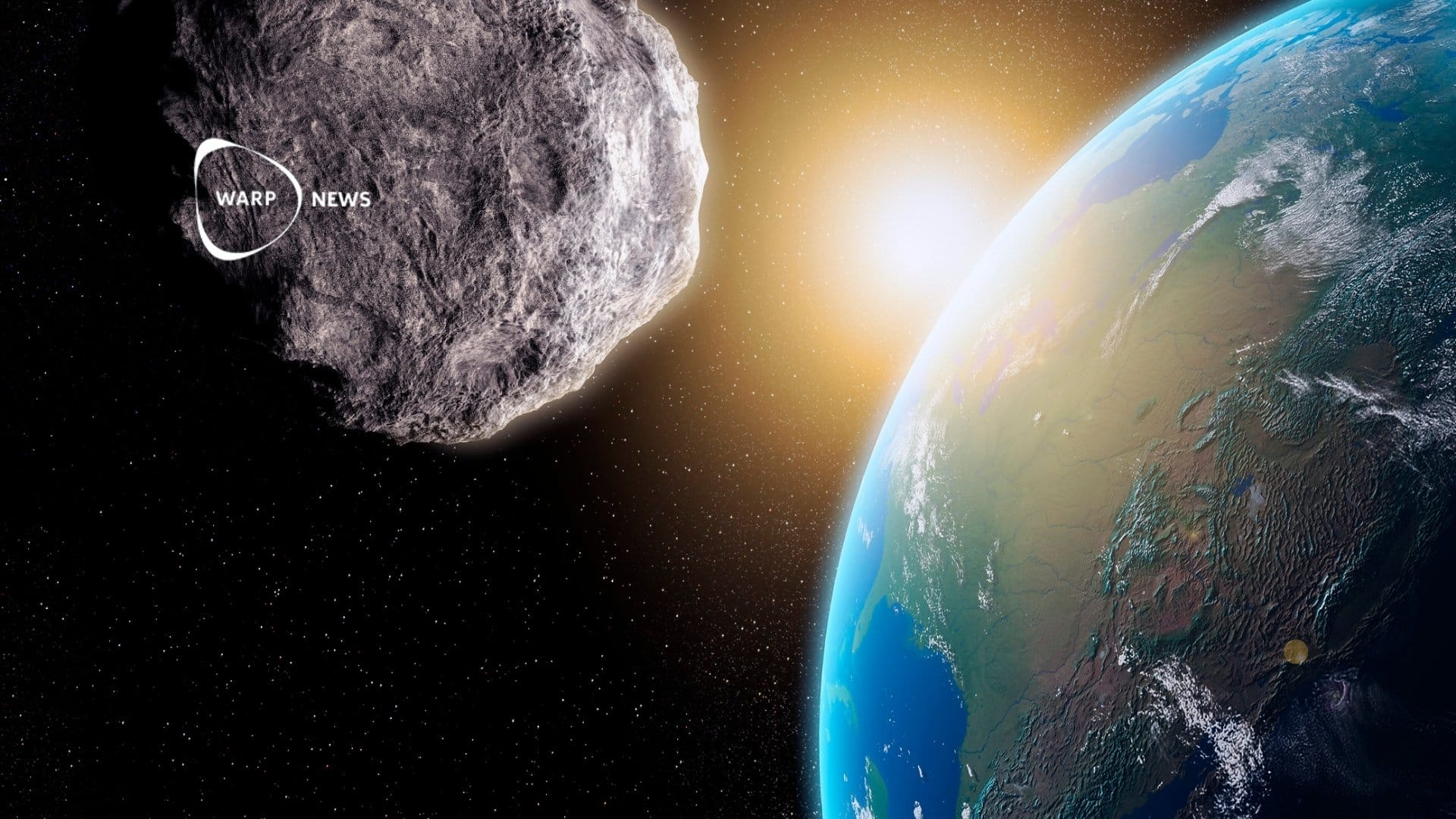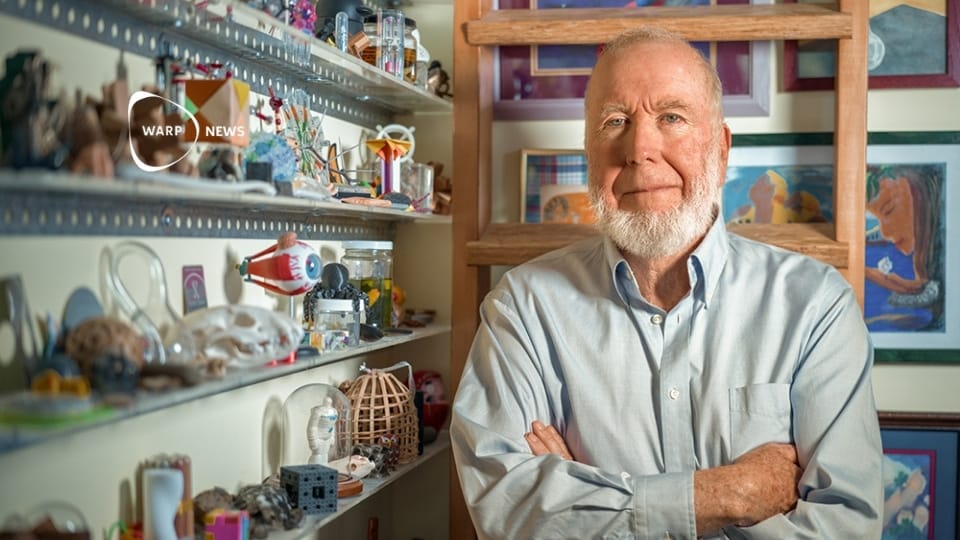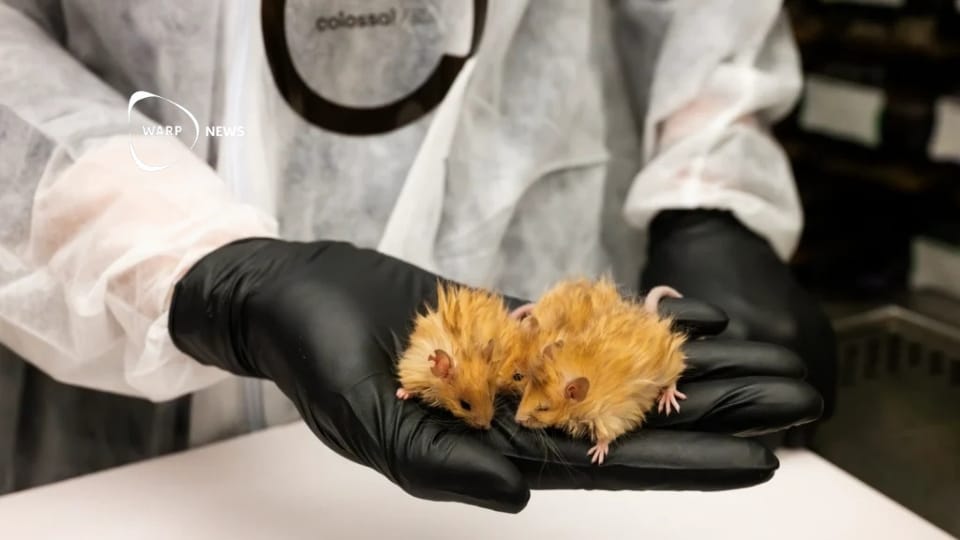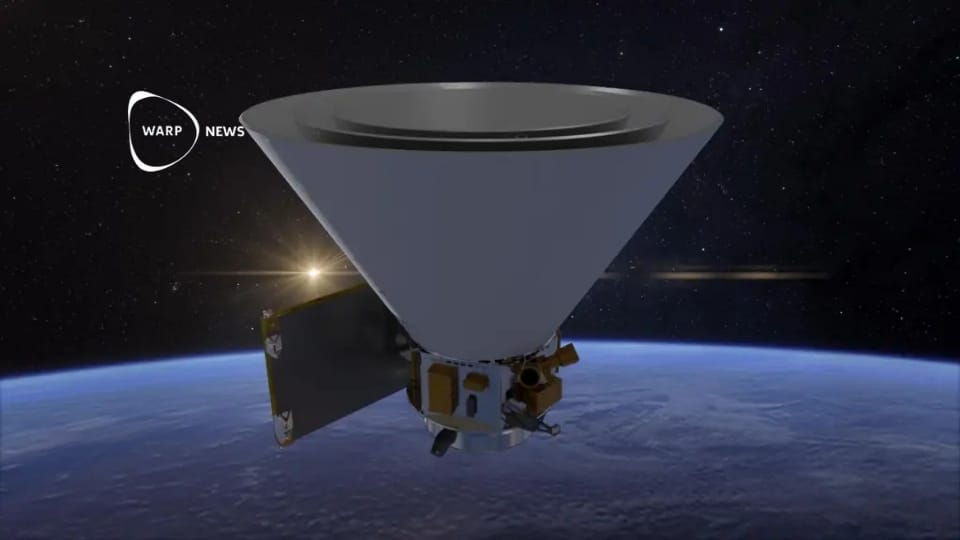💉 New drug slows ALS
The drug Tofersen shows good results for patients with ALS caused by mutations in the SOD1 gene, which accounts for 5-6 percent of all ALS cases. Several patients have experienced significant slowing of disease progression, and in some cases the disease has stabilized at the same level.
☄️ New telescopes make us safer from asteroid threats – but the media will keep scaring us
The media reported extensively on asteroid 2024 YR4, which was at risk of hitting Earth. That risk has since been downgraded. Several powerful new telescopes will soon come into operation, which are expected to increase the discovery of near-Earth asteroids by 10 to 100 times.
🦾 AI saved Joseph Coates' life - and can save millions more
Researchers are using AI to find new uses for existing drugs that can treat rare diseases. Joseph Coates survived a deadly blood disorder thanks to a treatment identified by an AI model.
🏭 The number of planned coal power plants in the OECD has decreased by 96% since 2015
The number of proposed coal power plants within the OECD region has decreased from 142 in 2015 to only five today. Of the five remaining proposals, four plants include plans for carbon capture.
🏊♀️ Global drowning deaths have decreased by 38 percent since 2000
Progress has been unevenly distributed globally. Europe experienced a 68% reduction in mortality while Africa only decreased by 3%. WHO advocates several community-based actions to prevent drowning.
👮 Police have identified 600 children through new AI method against sexual abuse
With the help of a new analysis program with AI functions and an Interpol database, 600 Swedish children have been identified in images and videos online during 2025.
🧠 Kevin Kelly proposes: Public Intelligence can become a global resource for everyone
Within 50 years, a public, distributed, and non-commercial AI could function like the internet and be available to all people in the world. Such a system would be powered by millions of participants in a federated network creating an aggregate intelligence beyond what a single host can offer.
🐁 Scientists have created woolly mice on the path to mammoth's return
Scientists at the biotech company Colossal Biosciences have created genetically modified mice with thick, woolly fur as a step toward recreating woolly mammoths. The company plans to "de-extinct" the mammoth with the goal of birthing the first calf before the end of 2028.
🔭 New space telescope from NASA will map the entire sky
The SPHEREx mission has successfully launched and will map the entire celestial sky in 102 different wavelengths. The telescope will observe hundreds of millions of galaxies and collect data that can help researchers understand the first moments of the universe.









